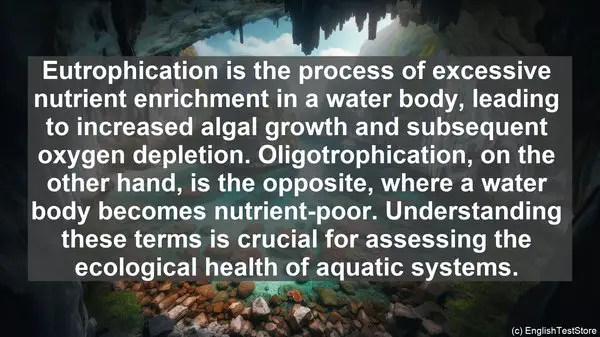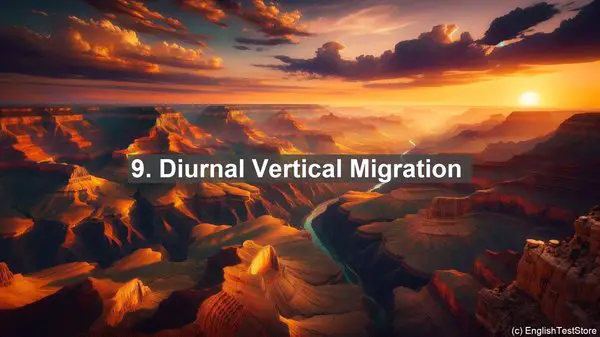Introduction
Welcome to our lesson on the top 10 commonly confused words in plankton ecology. As students, it’s crucial to have a solid grasp of these terms to excel in this field. So, let’s dive right in!
1. Phytoplankton vs. Zooplankton
Phytoplankton are tiny, plant-like organisms that perform photosynthesis, while zooplankton are animal-like organisms that feed on phytoplankton. Understanding this distinction is vital for comprehending the dynamics of the planktonic food web.
2. Holoplankton vs. Meroplankton
Holoplankton spend their entire life cycle as plankton, whereas meroplankton are only in the planktonic stage for a part of their life. This differentiation is crucial when studying the population dynamics of plankton communities.
3. Nekton vs. Plankton
Nekton refers to organisms that can actively swim against the ocean currents, while plankton are at the mercy of these currents. This distinction is essential when examining the distribution patterns of marine organisms.

4. Eutrophication vs. Oligotrophication
Eutrophication is the process of excessive nutrient enrichment in a water body, leading to increased algal growth and subsequent oxygen depletion. Oligotrophication, on the other hand, is the opposite, where a water body becomes nutrient-poor. Understanding these terms is crucial for assessing the ecological health of aquatic systems.
5. Benthic vs. Pelagic
Benthic refers to the bottom of a water body, including the sediment and associated organisms, while pelagic refers to the open water column. Distinguishing between these two habitats is essential when studying the spatial distribution of marine life.
6. Autotroph vs. Heterotroph
Autotrophs are organisms that can produce their own food through photosynthesis or chemosynthesis, while heterotrophs rely on consuming other organisms for nutrition. This differentiation is fundamental when examining the energy flow in an ecosystem.

7. Primary Production vs. Secondary Production
Primary production refers to the synthesis of organic matter by autotrophs, while secondary production is the formation of biomass by heterotrophs through consuming organic matter. Understanding these terms is crucial for assessing the trophic dynamics of an ecosystem.
8. Algal Bloom vs. Red Tide
An algal bloom is a rapid increase in the population of algae, often resulting in discoloration of the water. A red tide, on the other hand, is a specific type of algal bloom caused by harmful, toxin-producing algae. Distinguishing between these terms is vital for understanding the potential ecological and human health impacts.
9. Diurnal Vertical Migration
Diurnal vertical migration is a phenomenon where plankton, particularly zooplankton, migrate vertically in the water column, moving closer to the surface at night and descending deeper during the day. This behavior is influenced by various factors, including predation risk and food availability.
10. Stratification vs. Mixing
Stratification refers to the layering of water in a water body, often due to differences in temperature and salinity. Mixing, on the other hand, is the process of homogenizing the water column. Understanding these terms is crucial for comprehending the physical and chemical processes in aquatic environments.
